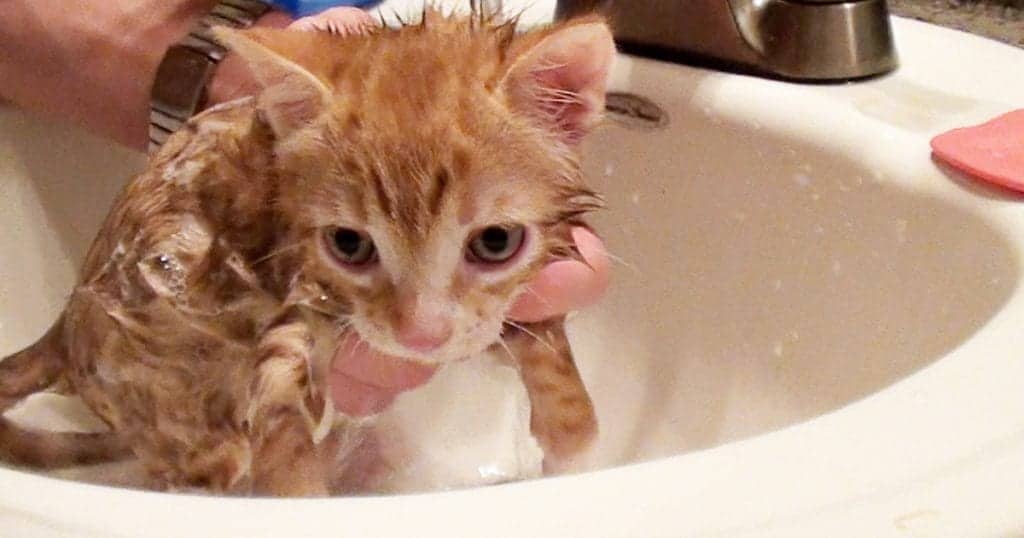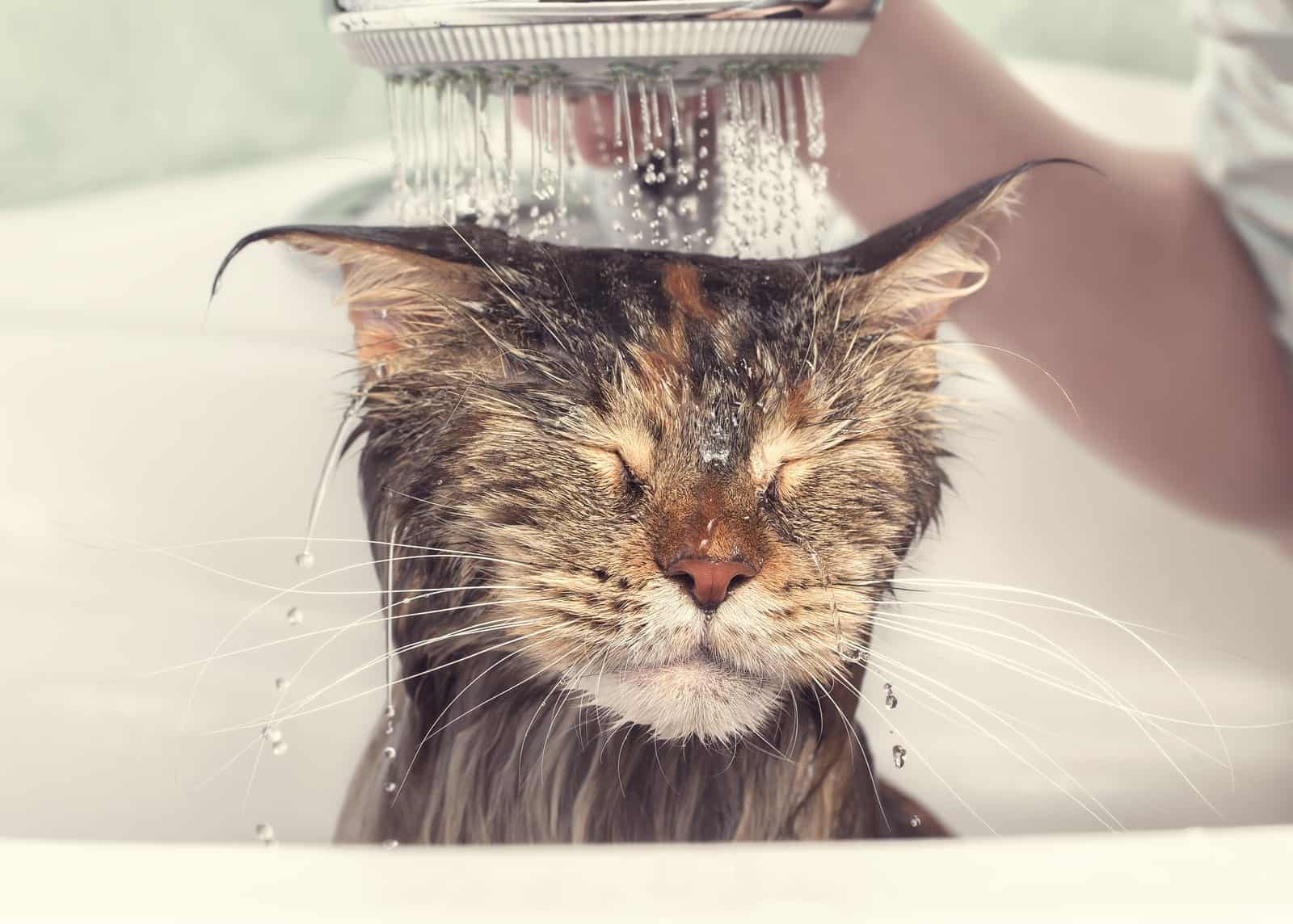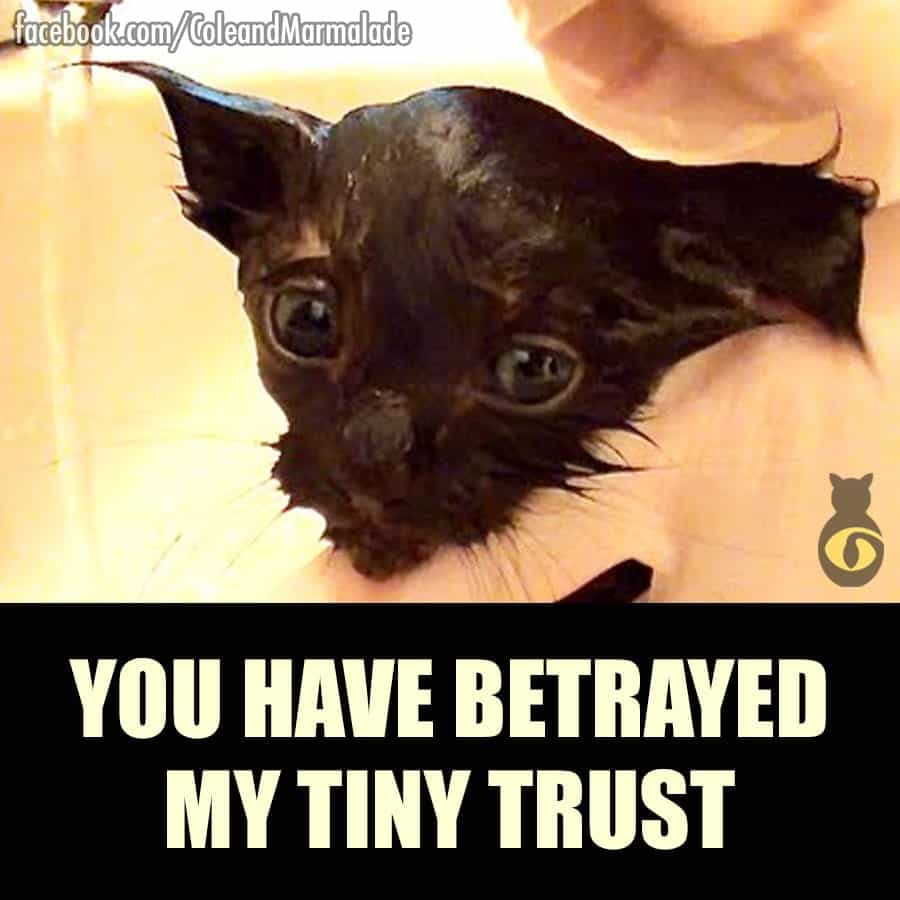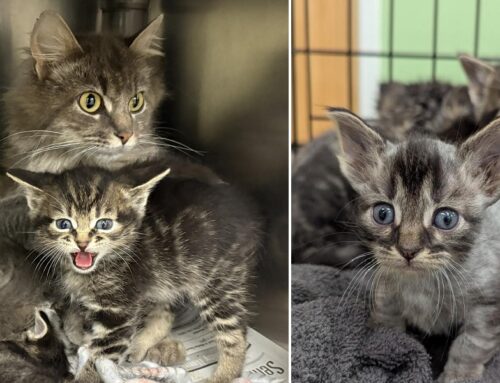Bathing is something that most cats can do for themselves, but there are some situations where you’ll need to help. The more you know about feline grooming and bathing, the better you can handle this potentially tricky situation. So should you need to bathe your cat, here is some additional info for you.
Your Cat’s Capabilities
Healthy cats are generally able to clean themselves efficiently and effectively on their own. If you have a short-haired indoor cat that doesn’t get into trouble, you may never need to bathe her. Cats’ fastidious natures make them pleasant low-maintenance companions in this regard. However, there are some situations where you may want or need to bathe your cat. As this is typically a rare occurrence for cat owners, it can help to read up on the process first.
Sanitary Concerns
Your cat’s barbed tongue can handle everyday care and cleaning, but it’s not always up to the task of removing sticky substances. Barbs, tree sap, gum, glue, and other messes are too tricky for your cat. You should also step in and take over the bathing process if your cat gets into anything that’s harmful if ingested, such as the cleaning solution in a bucket of mop water.
Medical Reasons for a Bath
If your cat has certain medical conditions, bathing is necessary to remedy the problem. A flea bath can help flush out the infestation and soothe flea-bitten skin, though this should always be combined with another flea treatment method. Medicated baths are a common treatment for ringworm and may be prescribed by your vet if your cat has this problem.
If you adopt an older cat, you may find that he or she suffers from arthritis. This condition makes it difficult for cats to bathe themselves comfortably, so you may need to assist. Obese cats have a similar problem, because they can’t reach certain spots on their body.
Upon being rescued, Cole required 2 baths to conquer his flea infestation!
Breed Considerations
Short-hair cats are the best at grooming themselves. Long-haired breeds like Persians require more frequent bathing, as their tongues aren’t always up to the task of combing through all that hair. Careful combing post-bath is essential with a long-haired feline.
You should bathe hairless cats more frequently as well. Cat fur usually absorbs the oils secreted by a cat’s skin, but hairless cats lack this protection, so you’ll have to help.
Proper Procedures
Proper preparation will ease the potentially tricky process of bathing your cat. Gather your supplies, including cat shampoo, several towels, cat treats, and a pitcher or detachable shower head. Place a rubber bath mat on the bottom of the tub or sink so your cat isn’t alarmed by the slippery surface, and fill the basin with a few inches of warm water.
Bring your cat in after the area is prepared. Wet your cat’s coat thoroughly with the pitcher or shower head. Work the shampoo up to a lather and rinse. Have several towels handy to help dry your cat off when you’re finished along with a few treats for a job well done.
In the right situations, a bath is crucial for a comfortable, healthy, and pleasant-smelling cat. Bathe your cat carefully to ensure a comfortable experience for everyone in your home.
REMEMBER: ADOPT, DON’T SHOP, MICROCHIP YOUR PETS & SPAY AND NEUTER!
Related Video: Time Fur a Bath Baby Marmalade!
Related Video: A Cat’s Guide to Bathrooms


















